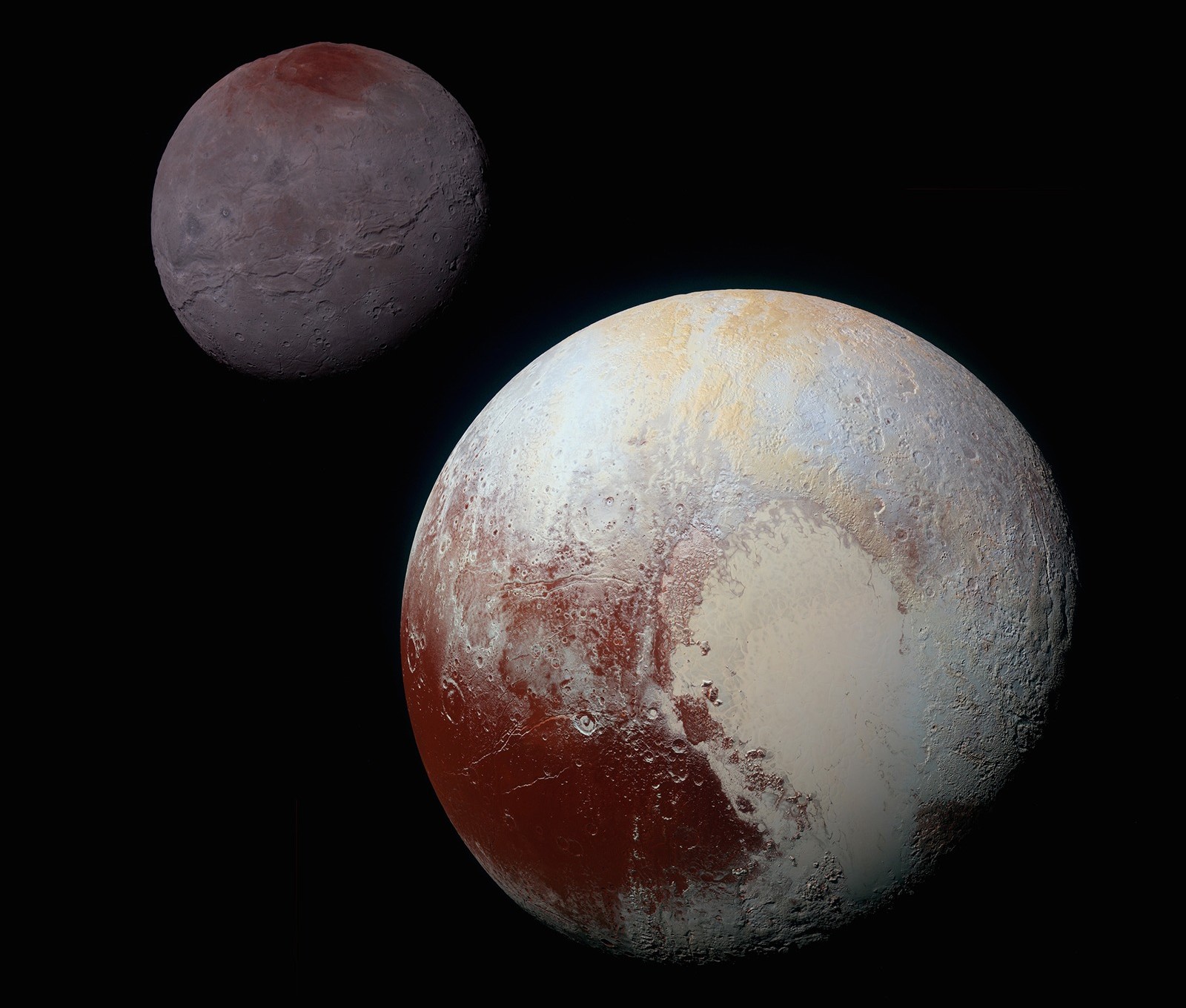Scientists using new data from NASA’s James Webb Space Telescope have discovered previously unknown chemicals on the surface of Charon, Pluto’s largest moon. This telescope was able to study the ice that covers Charon and find carbon dioxide and hydrogen peroxide there. This discovery provides a window into the moon’s past and a deeper understanding of its nature. The discovery is reported by a publication in Nature.

In 2015, NASA’s New Horizons spacecraft took the first photos of Charon, which showed its reddish hue. However, the technical capabilities of previous telescopes didn’t provide a detailed study of the chemical composition of the moon. Only in 2022-2023, thanks to the James Webb near-infrared spectrograph, it was possible to study the full composition of Charon’s surface. Scientists have confirmed the presence of water ice and organic materials causing its reddish color.
Instruments from the $10 billion space telescope have provided a detailed analysis of the spectrum of light reflecting off Charon’s surface, expanding our understanding of its composition. Ian Wong of the Space Telescope Science Institute said these advanced capabilities helped to capture new data about the moon.
A team of scientists has put forward a theory about the origin of chemicals on the surface of Charon. They suggest that carbon dioxide may have reached the surface from the interior as a result of cratering. Lead researcher Silvia Protopapa explained that CO₂ could have been present as early as the protoplanetary disk from which Pluto’s system formed.
Hydrogen peroxide probably originated from the interaction of ultraviolet radiation from the Sun with cosmic rays. Planetary scientist Ujjwal Raut added that the team’s experiments showed that it was possible to form hydrogen peroxide from mixtures of CO₂ and water ice under conditions similar to those on Charon.
This study confirms once again the incredible capabilities of the James Webb Telescope, which continues to expand our knowledge of Pluto and its moons.
According to sciencedaily.com


